Choosing the right tech device in 2025 can feel overwhelming, but expert reviews help clear things up by focusing on real user needs and key features.
Smartphones like the Apple iPhone 16 offer solid performance with a sharp camera and long battery life at a reasonable price, while Samsung’s Galaxy S25 Ultra shines for creatives with its stylus and powerful AI cameras.
Laptops such as the Asus Zenbook 14 OLED Touch balance great speed, display quality, and battery life for everyday users. Smart home gadgets are more connected than ever, integrating voice assistants across rooms to simplify routines.
These insights guide you to pick devices that match both your lifestyle and budget effectively.
Top Smartphones to Watch in 2025
In 2025, the smartphone market continues to deliver impressive choices tailored for different users and budgets. The Apple iPhone 16 stands out as the best option for most people, combining solid performance with affordability at around $720.
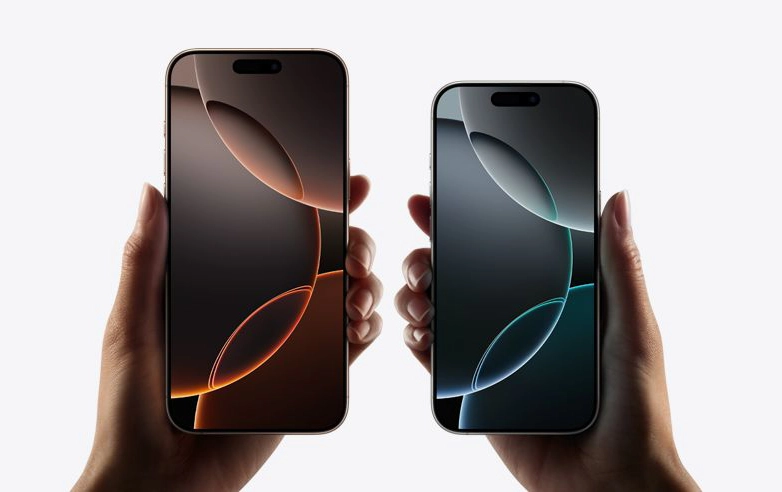
It features a sharp 6.1-inch display, the powerful A18 chip, and supports the latest iOS 18, ensuring smooth updates and Apple’s AI enhancements. Samsung targets creatives with the Galaxy S25 Ultra, which boasts a remarkable 200MP camera and includes the versatile S Pen stylus, perfect for artists and note-takers.
For those interested in foldables, the Galaxy Z Fold 6 offers a durable design with a large 7.6-inch foldable screen, multitasking capabilities, and stylus support, backed by seven years of software updates.
Google‘s Pixel 8a delivers excellent camera quality and a 7-year software support plan at a midrange price of about $499, making it a great value.
The Pixel 9 balances AI-powered photography and clean software for most users, featuring the Tensor G4 chip and competitive pricing near $600. On the more budget-friendly side, the Samsung Galaxy A16 5G impresses with great value under $200, splashproof build, and six years of software support.
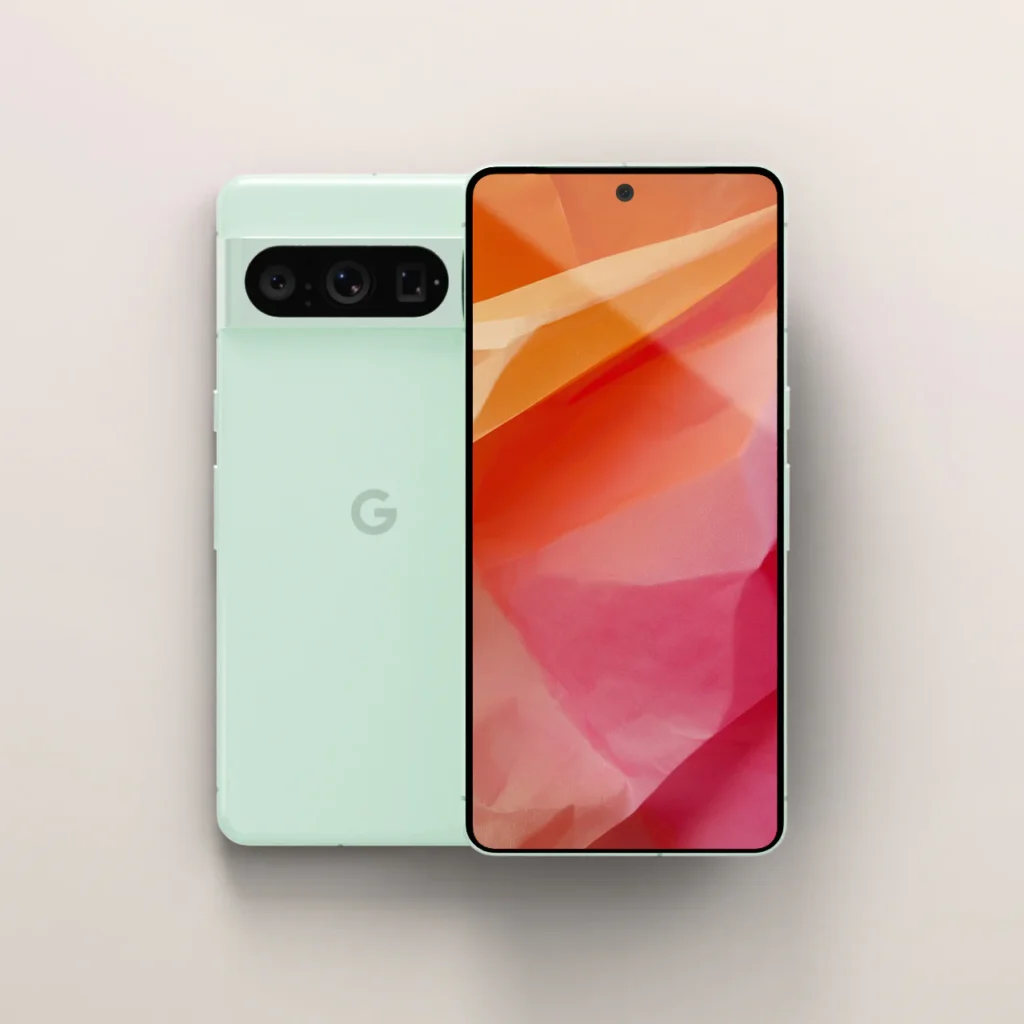
Across flagship models, AI integration plays a key role in enhancing photography and user experience, while OLED displays with high resolutions have become standard for premium phones. Battery life varies from 11 to nearly 18 hours depending on usage and device type.
Additionally, niche devices like the TCL Flip 2 stand out for voice-centric use, and the Motorola Razr+ remains the best flip phone choice for those wanting a compact, stylish foldable.
| Model | Pros | Display | Processor | Camera(s) | Battery Life | Price |
|---|---|---|---|---|---|---|
| Apple iPhone 16 | Affordable, high-quality hardware, sharp camera, supports iOS 18 and Apple Intelligence | 6.1″ 2556×1179 | Apple A18 | 48MP+12MP rear | 17h 47m | ~$720 |
| Samsung Galaxy S25 Ultra | Class-leading performance, AI features, 200MP main camera, excellent screen | 6.9″ 3120×1440 | Snapdragon 8 Elite for Galaxy | 200MP+50MP+50MP+10MP | 14h 15m | ~$1,249 |
| Samsung Galaxy Z Fold 6 | Durable foldable design, multitasking, stylus support, 7 years software support | 7.6″ foldable | Snapdragon 8 Gen 3 for Galaxy | 50MP+10MP+12MP | 11h 30m | ~$1,628 |
| Google Pixel 8a | Excellent cameras, AI features, 7-year software support, good battery | 6.1″ 2400×1080 | Google Tensor G3 | 64MP+13MP | 12h 50m | ~$499 |
| Google Pixel 9 | Powerful AI-enhanced cameras, clean software, competitive price | 6.3″ 2424×1080 | Google Tensor G4 | 50MP+48MP | 11h 45m | ~$599 |
| Samsung Galaxy A16 5G | Great value under $200, splashproof, six years support | 6.7″ 2340×1080 | Exynos 1330 | 50MP+5MP+2MP | 13h 46m | ~$199 |
Leading Laptops for Every Need in 2025
In 2025, the laptop market offers something for everyone, whether you need power, portability, or budget-friendly options. The Asus Zenbook 14 OLED Touch stands out as a solid all-rounder with its AMD Ryzen 7 processor and vibrant OLED screen, making it a great choice for most users.
For professionals who need serious muscle, the Dell Precision 5690 delivers workstation-level performance with a 4K OLED display and Nvidia RTX 5000 GPU, perfect for demanding tasks like 3D rendering or video editing. Apple’s MacBook Air 13-Inch (M4) combines a lightweight design with a powerful AI-enabled chip and an impressive 20-hour battery, ideal for those who value portability without sacrificing battery life.

On the budget side, the Acer Aspire 3 provides smooth daily performance and long battery life, making it suitable for students or anyone watching their spending. If ultraportability is your priority, Lenovo’s ThinkPad X9 14 Aura offers a bright 2.8K 120Hz OLED display in a sleek, featherweight package, while the ThinkPad X1 Carbon Gen 13 Aura is a top pick for business users who want a lightweight laptop with a great keyboard and display.
Creators have strong options too: the Asus ProArt PX13 combines a Ryzen CPU with an RTX 4050 GPU in a convertible design, and the Asus ProArt P16 features a 4K OLED screen and powerful graphics for content creation. For Chromebook fans, Acer’s Chromebook Plus Spin 714 brings ChromeOS with AI features and solid battery life.
Gamers can choose between the high-end Lenovo Legion Pro 7i with Core i9 and RTX 4080, or the budget-friendly Acer Nitro V 15 that balances good specs with affordability. Overall, 2025’s laptops showcase a blend of OLED displays, AI-enhanced chips, and strong battery life, catering to diverse needs across work, play, and creativity.
Smart Home Devices by Room for 2025
In 2025, smart home devices are becoming more specialized and room-focused, blending convenience with energy efficiency. For the front yard, weather-resistant cameras like the TP-Link Tapo C120 and smart locks such as the Ultraloq Bolt offer robust security, while professional systems from ADT provide premium monitoring.
Living rooms now feature smart speakers from Amazon, Google, Apple, and Sonos, many paired with smart displays like the Echo Show 10 or Google Nest Hub Max, delivering voice control and multimedia in one spot. Kitchens benefit from smart ovens and coffee makers that integrate app and voice commands, alongside robot vacuums like the iRobot Roomba j9+ that handle cleaning with minimal fuss.
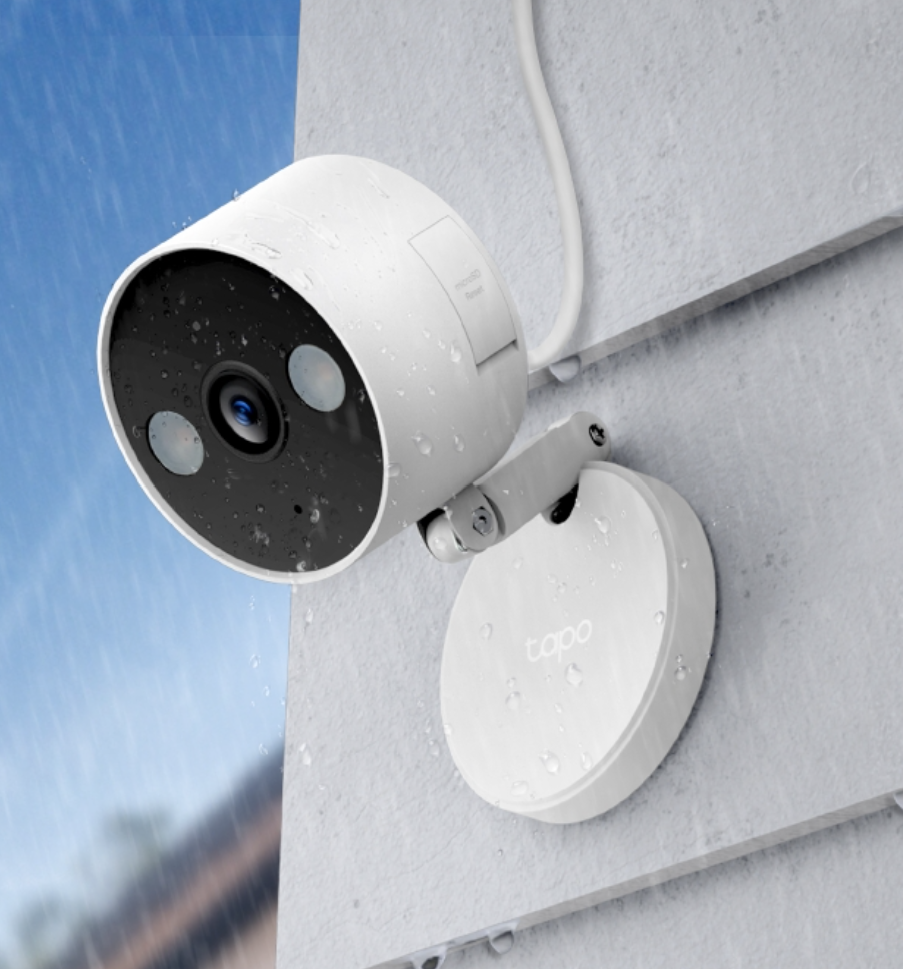
Bedrooms prioritize comfort and health with smart beds from Sleep Number, air purifiers, dynamic lighting like Philips Hue Iris lamps, and sleep-tracking displays that optimize rest. Bathrooms have advanced with smart toilets and bidets featuring voice control, smart showers that adjust temperature hands-free, and smart scales tracking health metrics.
The home gym is evolving with interactive equipment such as Peloton bikes, NordicTrack rowers, and AI-powered strength trainers that offer personalized coaching. In the garage, quiet smart door openers and smart sprinkler controllers like the Rachio 3 add convenience and water-saving features.
Backyard tech includes weatherproof speakers, smart grills with app controls, robotic mowers, and even smart mosquito repellents to keep outdoor time comfortable. The Matter protocol and improved cross-platform compatibility are key in 2025, ensuring these devices work together seamlessly, emphasizing ease of use and energy-saving benefits across the entire smart home ecosystem.
- Front Yard devices include weather-resistant cameras, smart locks, and professional security systems.
- Living Room features smart speakers from Amazon, Google, Apple, and Sonos with smart displays.
- Kitchen devices mix smart ovens, coffee makers, and robot vacuums with app and voice control.
- Bedroom tech focuses on smart beds, air quality, lighting, and sleep-tracking smart displays.
- Bathroom gadgets range from smart toilets and bidets to voice-controlled showers and smart scales.
- Home Gym equipment offers interactive bikes, treadmills, strength trainers, and AI coaching.
- Garage gadgets include quiet smart door openers and smart sprinkler controllers.
- Backyard tech covers weatherproof speakers, smart grills, robotic mowers, and mosquito repellents.
AI and Software Support Trends in 2025 Tech
In 2025, AI integration is a major driver behind improvements in flagship devices, boosting everything from camera quality and productivity tools to smoother user interfaces. Smartphones and laptops now commonly offer up to seven years of software support, which means users can keep their devices longer while receiving new features and critical security updates.
AI chips and optimized software play a key role in managing battery life and device responsiveness, making gadgets more efficient throughout the day. Voice assistants powered by AI are standard not only in phones but also in smart home products, delivering hands-free control and automation.
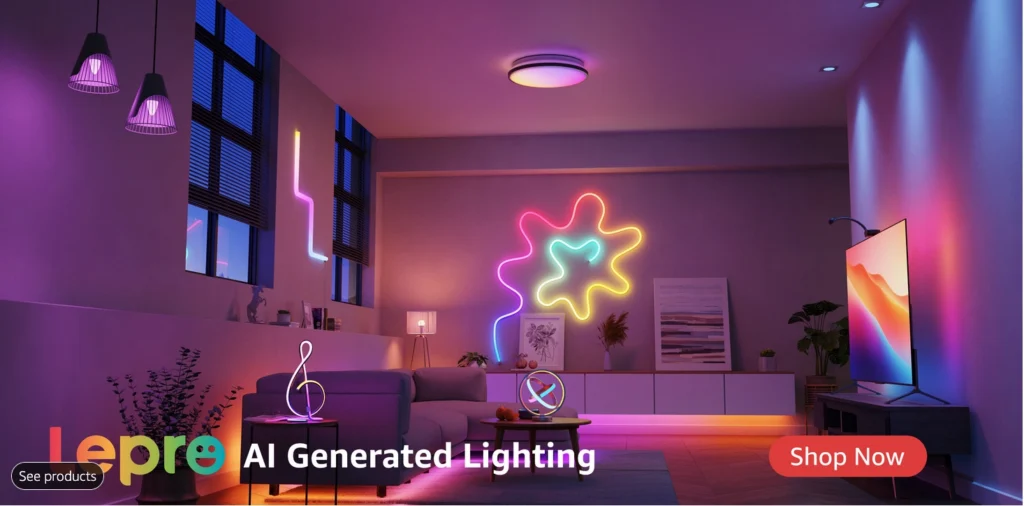
For example, AI-driven fitness and health tracking on devices provide tailored workout suggestions and wellness insights based on real-time data. Many devices use a mix of cloud and local AI processing to balance privacy concerns with performance demands.
In smart homes, AI helps automate lighting, temperature, and appliances to save energy and add convenience. Cross-device AI features allow seamless interaction between phones, laptops, and smart home gear, creating a unified experience.
Developers are increasingly focusing on AI readiness in both hardware and software, ensuring devices stay compatible with evolving AI-powered applications and future updates.
Display and Battery Advances in 2025 Devices
In 2025, OLED displays continue to be the top choice for premium smartphones and laptops due to their vibrant colors and energy efficiency. Devices like the Samsung Galaxy S25 Ultra boast high resolutions, reaching up to 3120×1440 on phones and 4K on laptops such as the Dell Precision 5690, delivering sharp and immersive visuals.
Higher refresh rates of 120Hz or more are standard in many portable devices, improving smoothness whether you’re scrolling through apps or gaming. Foldable screens, exemplified by the Samsung Galaxy Z Fold 6, offer large, flexible displays that enhance multitasking without sacrificing portability.
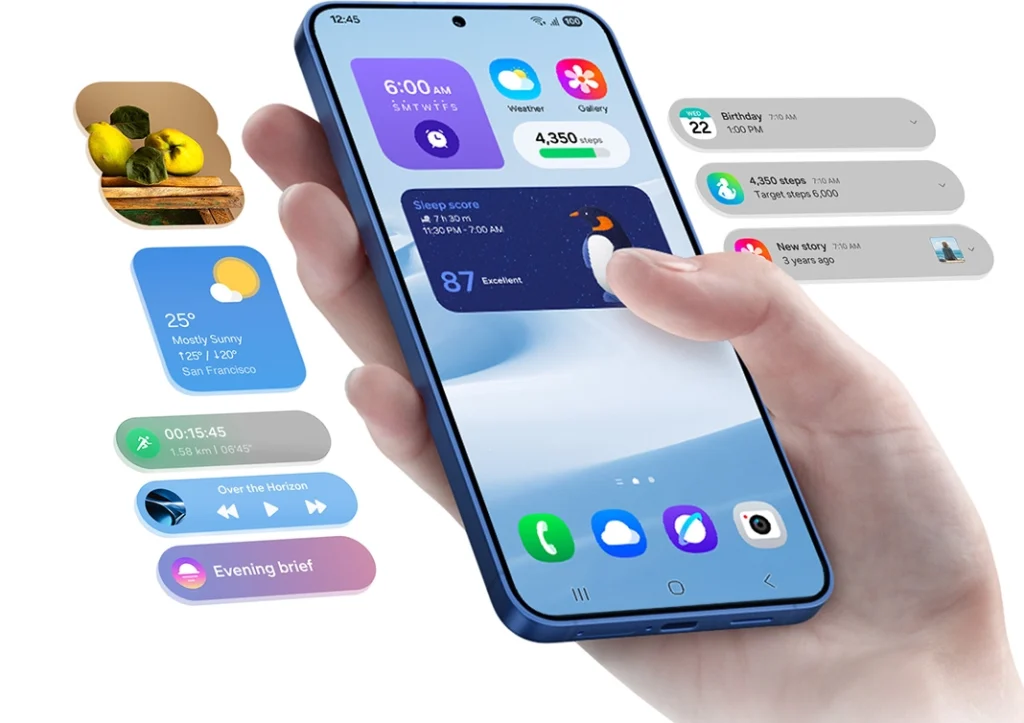
Battery life varies across devices, with ultraportable laptops like the Apple MacBook Air M4 lasting close to 20 hours, while flagship phones typically range between 12 to 18 hours on a single charge. Fast charging technologies combined with advanced battery optimization software help users manage their daily usage efficiently.
Energy-efficient components and display technologies maintain brightness and color accuracy while extending battery longevity. In smart home devices, energy monitoring features are increasingly common, helping optimize power consumption and reduce waste.
Manufacturers carefully balance battery capacity with software support to ensure devices remain usable and reliable over several years. New display materials also improve durability and visual quality, making screens more resistant to scratches and damage while delivering richer images.
Smart Home Integration and Sustainability Picks
The Matter protocol is reshaping smart home integration by enabling seamless communication between Alexa, Google Assistant, Siri, and other platforms, making device compatibility much smoother. Smart thermostats and irrigation controllers are now more efficient than ever, automatically adjusting settings to save energy and water without sacrificing comfort.
Lighting options offer millions of colors controllable by voice or app, helping reduce waste by tailoring light usage to real needs. Devices like robotic lawn mowers and vacuums not only automate chores but also optimize power consumption, contributing to lower energy bills.
Sustainability is increasingly reflected in longer-lasting smart home products and features like smart energy monitoring, which provide real-time data to help users cut unnecessary electricity use. Smart plugs and sensors track consumption at the outlet level, giving homeowners precise control over their power footprint.

Many manufacturers are adopting eco-friendly materials and designs to support greener living, while mobile app integration allows remote monitoring and control, preventing wasteful operation when no one is home. Outdoor gear such as smart grills now support efficient cooking through app-driven recipes and temperature controls, minimizing fuel and time use.
Meanwhile, home gyms featuring AI coaching optimize the energy use of connected devices while promoting healthier lifestyles. Together, these innovations not only simplify daily routines but also make sustainability a core part of modern smart homes.
Specialized Tech for Home and Fitness in 2025
In 2025, home and fitness technology have become more personalized and interactive thanks to AI and connected devices. Smart beds now adjust firmness automatically while tracking sleep patterns and health data, making rest more restorative.
Interactive gym equipment like Peloton bikes and NordicTrack rowers offer scenic workouts and live classes, creating a more engaging exercise experience from home. Strength training benefits from AI-powered smart mirrors and cameras that provide real-time form correction and coaching, helping users avoid injury and improve technique.

Health tracking scales and smart toothbrushes sync with wellness apps to give users deeper insights into their overall health. Voice control and app integrations make adjusting workouts and equipment settings simpler, allowing users to focus more on their routines.
Wearables complement these home systems by monitoring heart rate and activity zones, ensuring workouts remain effective. Importantly, smart home fitness gear now comes in a range of price points and features, making accessibility easier for many users.
Integration with popular health apps lets people combine data from various devices for a more complete view of their fitness journey.
Frequently Asked Questions
1. How do expert tech reviews evaluate device performance beyond just specs?
Expert tech reviews look at real-world usage, like how smoothly apps run, battery life under different conditions, and overall user experience rather than only listing specifications.
2. What role do software updates play in choosing the best device for 2025?
Software updates can improve security, add features, and fix bugs. Reviews often consider how regularly a device receives updates, which can affect its long-term usability and value.
3. How do experts compare device durability and build quality in their reviews?
Experts often test devices for things like resistance to drops, water, and wear over time. They also assess materials used and design to gauge how well a device will hold up during daily use.
4. In what ways do expert reviews help users decide between devices with similar features?
Reviews highlight subtle differences such as camera quality under various conditions, battery efficiency in everyday tasks, or software interface usability, helping users pick what matches their personal preferences and needs.
5. How important is ecosystem compatibility when experts review tech devices?
Ecosystem compatibility is key because devices that work well with other products you own can offer smoother integration, better convenience, and enhanced functionality, which expert reviews usually point out.
Get the lowdown on the best tech of 2025, from top smartphones like the iPhone 16 and Galaxy S25 Ultra to versatile laptops including the Asus Zenbook and MacBook Air M4.
Explore smart home gadgets tailored for every room, voice assistants, and energy-saving devices that blend convenience with sustainability. AI is a big player this year, boosting performance, photography, and user experience across devices.
Plus, discover specialized gear for fitness, outdoor entertainment, and smart home integration that keeps things seamless. Whether you want cutting-edge or budget-friendly, this guide helps you pick tech that fits your needs and keeps up with future trends.




Leave a Reply